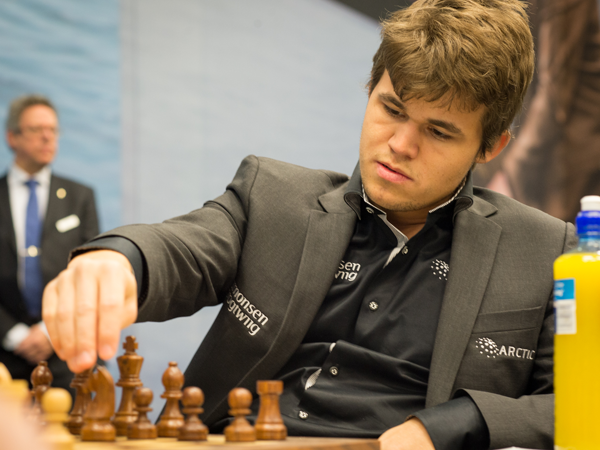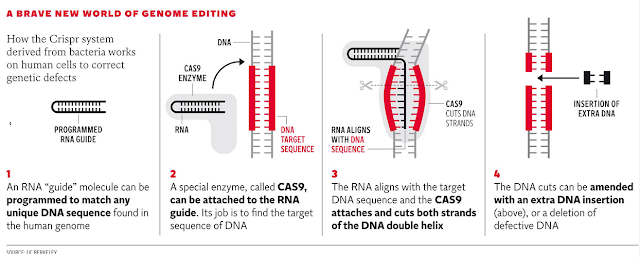More fun from our man Ioannidis. See earlier posts
Medical science? ,
NIH discovers reproducibility and
Bounded cognition.
A toy model of the dynamics of scientific research, with probability distributions for accuracy of experimental results, mechanisms for updating of beliefs by individual scientists, crowd behavior, bounded cognition, etc. can easily exhibit parameter regions where progress is limited (one could even find equilibria in which most beliefs held by individual scientists are false!). Obviously the complexity of the systems under study and the quality of human capital in a particular field are important determinants of the rate of progress and its character.
In physics it is said that successful new theories
swallow their predecessors whole. That is, even revolutionary new theories (e.g., special relativity or quantum mechanics) reduce to their predecessors in the previously studied circumstances (e.g., low velocity, macroscopic objects).
Swallowing whole is a sign of proper function -- it means the previous generation of scientists was competent: what they believed to be true was (at least approximately) true. Their models were accurate in some limit and could continue to be used when appropriate (e.g., Newtonian mechanics).
In some fields (not to name names!) we don't see this phenomenon. Rather, we see new paradigms which
wholly contradict earlier
strongly held beliefs that were predominant in the field* -- there was
no range of circumstances in which the earlier beliefs were correct. We might even see
oscillations of mutually contradictory, widely accepted paradigms over decades.
It takes a serious interest in the history of science (and some brainpower) to determine which of the two regimes above describes a particular area of research. I believe we have good examples of both types in the academy.
* This means the earlier (or later!) generation of scientists in that field was
incompetent. One or more of the following must have been true: their experimental observations were shoddy, they derived overly strong beliefs from weak data, they allowed overly strong priors to determine their beliefs.
Why Science Is Not Necessarily Self-Correcting
(DOI: 10.1177/1745691612464056)
John P. A. Ioannidis
Stanford Prevention Research Center, Department of Medicine and Department of Health Research and Policy, Stanford University School of Medicine, and Department of Statistics, Stanford University School of Humanities and Sciences
The ability to self-correct is considered a hallmark of science. However, self-correction does not always happen to scientific evidence by default. The trajectory of scientific credibility can fluctuate over time, both for defined scientific fields and for science at-large. History suggests that major catastrophes in scientific credibility are unfortunately possible and the argument that “it is obvious that progress is made” is weak. Careful evaluation of the current status of credibility of various scientific fields is important in order to understand any credibility deficits and how one could obtain and establish more trustworthy results. Efficient and unbiased replication mechanisms are essential for maintaining high levels of scientific credibility. Depending on the types of results obtained in the discovery and replication phases, there are different paradigms of research: optimal, self-correcting, false nonreplication, and perpetuated fallacy. In the absence of replication efforts, one is left with unconfirmed (genuine) discoveries and unchallenged fallacies. In several fields of investigation, including many areas of psychological science, perpetuated and unchallenged fallacies may comprise the majority of the circulating evidence. I catalogue a number of impediments to self-correction that have been empirically studied in psychological science. Finally, I discuss some proposed solutions to promote sound replication practices enhancing the credibility of scientific results as well as some potential disadvantages of each of them. Any deviation from the principle that seeking the truth has priority over any other goals may be seriously damaging to the self-correcting functions of science













